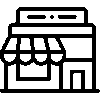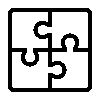- Products
- Platform
- Solutions
- Customers
- Support
- Pricing
 Website & Mobile & E-commerce
Website & Mobile & E-commerce
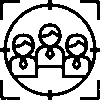 CRM
CRM
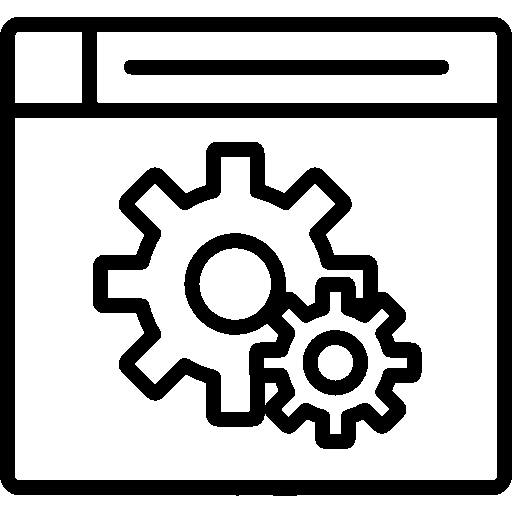 Operation & ERP
Operation & ERP
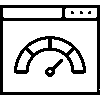 Productivity
Productivity
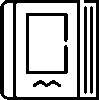 Support
Support
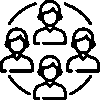 Community
Community
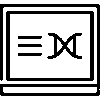 Learn
Learn
Application Support Point

Perform transactions at your retail outlets.
- Version History
- Application Features
- User Manual
- FAQ
- Community
Definition
Retail POS (Point of Sale) application is a management tool that allows tracking of POS devices and related processes used in retail sales transactions. This application allows tracking of bank accounts, POS devices, cash registers and orders. In addition, important data such as sales analysis, reports and stock status can be tracked through this platform.
Aim
The purpose of the retail POS application is to centralize retail sales processes, increase traceability, and effectively manage sales and payment transactions to ensure operational efficiency. The application offers users the following functionalities:
- POS Devices Management: Monitoring and management of all POS devices.
- Bank Accounts and Cashier Tracking: Tracking of bank accounts and cashiers depending on sales transactions.
- Order Management: Status, processing and tracking of incoming orders.
- Sales Analysis and Reporting: Analysis of sales data, performance reports and monitoring of stock status.
Key Benefits
- Centralized Management: Managing all sales and payment processes on a single platform increases efficiency.
- Financial Traceability: Financial transactions become more transparent thanks to tracking of bank accounts and cash movements.
- Stock Management: Inventory status tracking integrated with sales ensures stock optimization.
- Decision Support: Allows for more informed decisions to be made through sales analysis and reports.
A retail POS application is a vital tool for businesses operating in the retail industry. This application allows businesses to manage their sales processes more effectively, respond quickly to customer demands, and improve overall business performance.
Entrance
It is the login screen of the retail POS application.

Sales
This is the screen where sales are shown by categorizing them according to their status.
Open Orders

This is the screen where open orders and orders in progress are displayed.
Open orders Order Code, It is given in a table form with the Customer, Order Quantity, Price and Date information.
Closed Orders

This is the screen where orders that are closed and have completed their process are displayed.
Closed orders Order Code, It is given in a table form with the Customer, Order Quantity, Price and Date information.
Cancelled Orders

This is the screen where cancelled orders are displayed.
Cancelled orders Order Code, It is given in a table form with the Customer, Order Quantity, Price and Date information.
Warehouse
This is the screen where the stock status and reports in the warehouse are displayed.
Stock Cards
Contains detailed information about the products in stock.

Stock cards include product image, product/manufacturer code, product name, detailed information, brand, stock, purchase, blocked and total details.
Reports
Stock Value Report
It is the screen that is used to display analyses and statistics regarding stock value.

The stock value report includes product code, product name, warehouse, unit purchase price, unit sales price, quantity, purchase and sales data.
Financial Assets
This is the screen where financial assets related to the retail POS application are displayed.
Till
The cash registers where sales are made are listed.

Safes; Order, Case Name, Situation, Final Process, Registration Date, It is listed with the Modified Date and Balance information.
Bank
This is the screen where bank accounts are listed.

Bank accounts; Account No. Final Process, Total Incoming, It is listed with Total Outgoing and Balance information.
POS
This is the screen where POS accounts are listed.

POS accounts; POS No, Final Process, Total Incoming, It is listed with Total Outgoing and Balance information.
Financial Transactions
This is the screen where financial transactions related to the retail POS application are displayed.
Payments
Details of payments made are displayed.

Payments Date, Customer, Explanation, Sales Representatives are given in a table with Region and Amount information.
Invoices
Details regarding the invoices issued are displayed.

Invoices are given in a tabular form with Date, Customer, Invoice Number, Status, Description and Amount information.
Expenses
Details of expenses spent are displayed.

Expenses Order, Customer, Explanation, Registration Date, Update Date, Expense Date, Amount, VAT and It is given in a tabular form with amount + VAT information.
End of Day Report
This is the screen where end-of-day reports are listed.

End of day reports Date - time, Closing Amount, Previously Transferred, Transferred to Later, Revenues, It is given in a table form together with Transaction Information and Shipment information.
Analysis
This is the screen where the analyses of the retail POS application are displayed.
Sales Analysis
Analysis of sales is displayed in detail.

Model Name/Model Code, Product Name/Product Code, Sub-Product Name/Sub-Product Code, Barcode Stock Quantity, Sales Quantity, Price, VAT and Total Amount information is included.
Settings
You can access the settings document via the relevant menu.
Please click for related content.
Order Definition
This is the screen used to define new orders for the retail POS application.

When defining an order, details about the customer are arranged. Name-surname and contact information are entered.

The product is selected from the stock cards and added to the order.
The edits made are saved.
Summary
Sipariş özet ekranının görüntülendiği ekrandır.

Sipariş Özeti ekranında Kapatma Bilgileri, Müşteri Bilgileri, Müşteri, Sipariş Bilgileri yer alır.
Filtering Settings
Filtreleme ayarları, bir sistemde veya uygulamada belirli kriterlere göre verileri sınıflandırmak için kullanılır. Bu ayarlar, kullanıcıya yalnızca ilgili veya uygun içerikleri sunmaya yardımcı olur.

Filtreleme ayarları ekranında Sıralama; Tarih seçilerek sıralama yapılır.
Stok Kartları, Satış Analizi, Ödemeler menülerinde farklı filtreleme alanları bulunur.

Filtreleme ayarları ekranında Grup, Kategori, Marka, Ürün Durumu, Parametre Tipi, Parametre, Seçenekler, Genişlik, Yükseklik, Derinlik, Alan, Hacim, Ağırlık, Desi, Stok Durumu, Model Ara, Depo seçilerek filtreleme yapılır.
Sıralama; Ürün Kodu, Ürün Adı, Üretici Kodu, Grup Adı veya Miktar seçilerek sıralama yapılır.
Ödemeler

Filtreleme ayarları ekranında Hareket Türü, Döviz Kuru, Müşteri Seçimi, Bölge, Satış Temsilcileri seçilerek filtreleme yapılır.
Satış Analizi

Filtreleme ayarları ekranında Grup, Kategori, Tarih Aralığı, Sipariş Durumu seçilerek filtreleme yapılır.
Sıralama; Ürün Kodu, Ürün Adı, Satış Miktarı veya Toplam Tutar seçilerek sıralama yapılır.
General Settings
This is the screen where general settings regarding the application are made.

The settings are customized by selecting the settings to be used according to the company's preference.
The color of the application is saved by selecting the preferred color.
The application is separated according to companies and branches.
Default settings can be updated.
Stock Settings
This is the screen where stock settings are made.

The warehouses where the stocks are located are selected.
Stock movement, stock quantity control and blocking settings are made.
Payment Method
This is the screen where settings regarding the payment method are made.

The payment methods to be used are determined and recorded.
Authorized Users
This is the screen where authorized users in company departments are determined.

Users are listed by department.
User authorization levels are determined on this screen.
Edits such as company and department name are made and saved.
Questions
Ask questions and get answers from other Entranet users.














